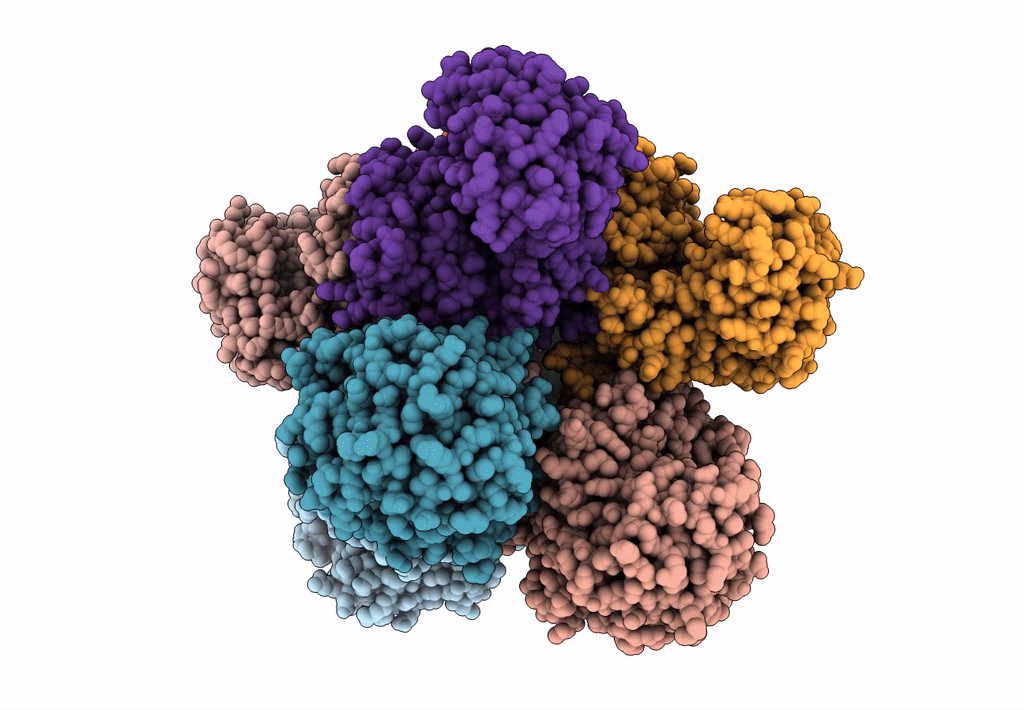
Deposition Date
2018-07-26
Release Date
2018-12-26
Last Version Date
2024-03-27
Entry Detail
PDB ID:
6ACF
Keywords:
Title:
structure of leucine dehydrogenase from Geobacillus stearothermophilus by cryo-EM
Biological Source:
Source Organism:
Geobacillus stearothermophilus 10 (Taxon ID: 272567)
Host Organism:
Method Details:
Experimental Method:
Resolution:
3.00 Å
Aggregation State:
PARTICLE
Reconstruction Method:
SINGLE PARTICLE


